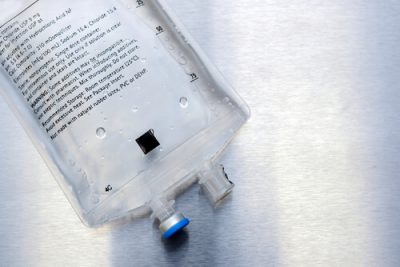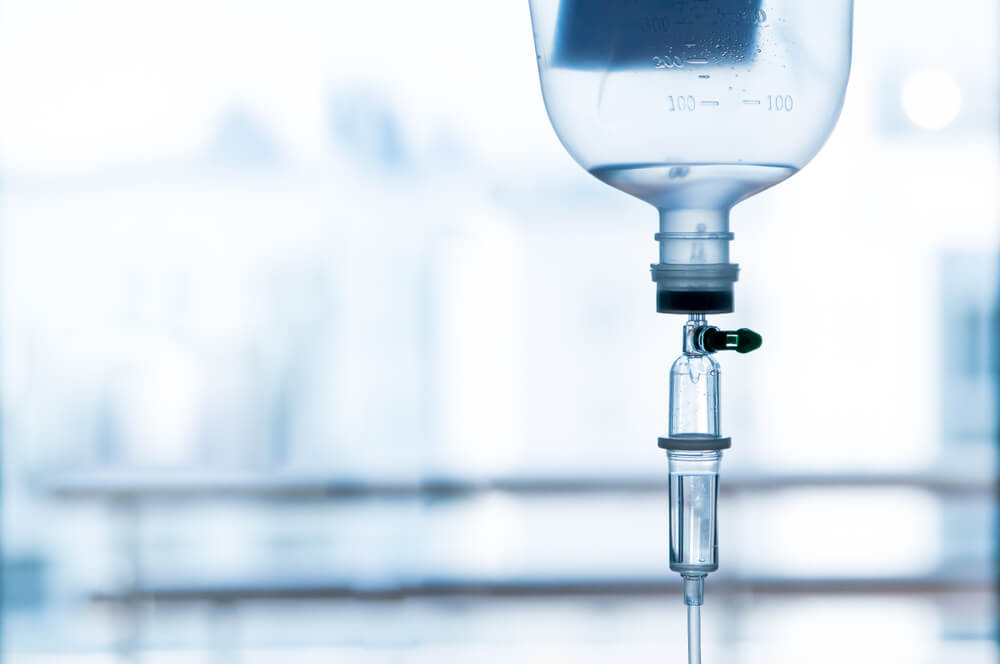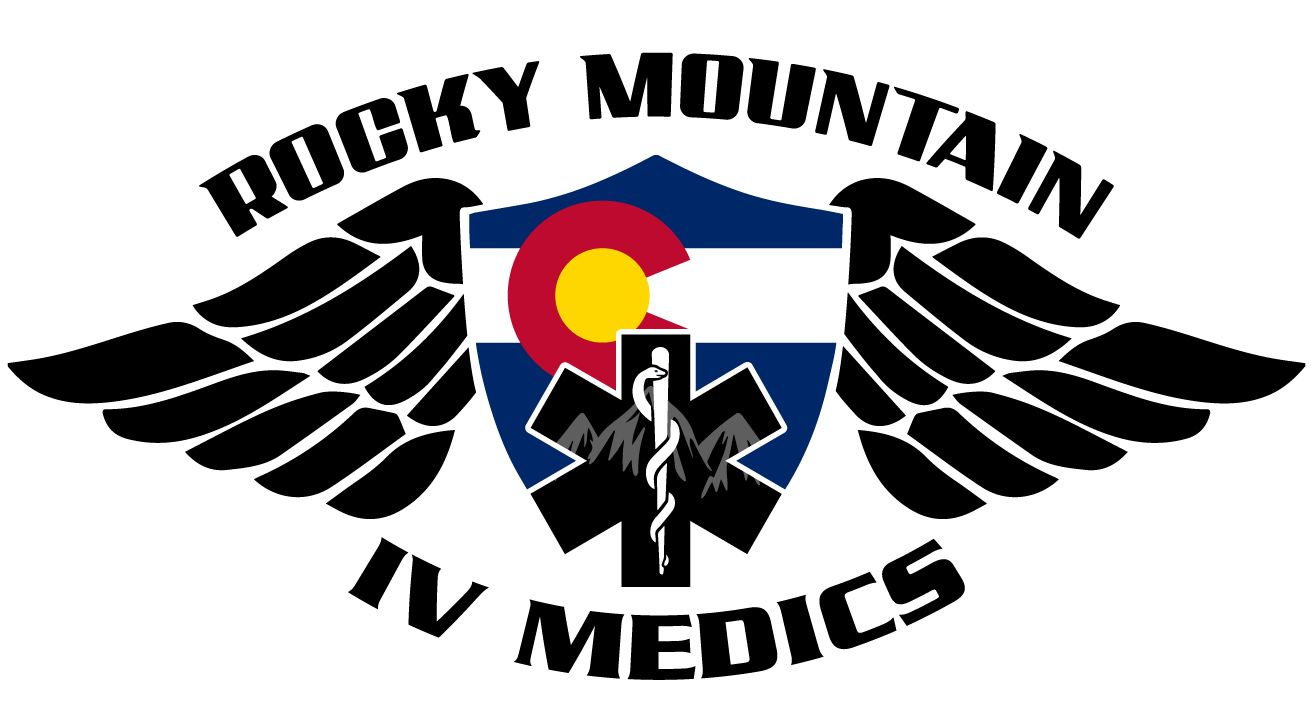Types of IV Fluids: Understanding Your Options

Amino Acids 101: Your Complete Guide to Understanding
September 8, 2021
NAD+ for Anxiety: What You Need to Know
September 27, 2021Types of IV Fluids: Understanding Your Options

Table of Contents
- How Intravenous Fluids Benefit You
- Types of IV fluids
- Crystalloid Solutions
- Hypotonic
- Hypertonic
- Isotonic
- Colloid Solutions
IV therapy delivers effective results because just one drip bag is packed with vitamins, minerals and electrolytes designed to support your health and wellness. But when you consider all the high-quality ingredients in IV fluids, don’t overlook the fluids themselves. If you know what’s in IV fluids, you’ll have a deeper understanding of the profound effects IV therapy can have on your mind and body.
How Intravenous Fluids Benefit You
Your body needs to be in a state of homeostasis to feel its best and function properly. Homeostasis is the balanced alignment of oxygen, fluid and electrolyte levels in the body.
But this balance is a delicate one. Dehydration, illness, injury or chronic health conditions can leave your levels askew. The resulting deficiencies of electrolytes, fluids or vitamins can wreak havoc on your well-being, triggering symptoms that may include fatigue, nausea, brain fog and more.
This is when IV therapy comes to the rescue. IV fluids are infused into the bloodstream, where the body absorbs the maximum amount of whatever vitamins, minerals and electrolytes they contain. Bodily fluids are replenished, nutrient levels are restored and electrolytes maintain cellular osmosis to keep fluid moving in and out of cells in a balanced way. You’ll feel better, regaining vitality, when your body returns to homeostasis through IV therapy.
But what is IV fluid anyway? There’s not one single answer because there are several different kinds of fluids.

Types of IV fluids
You can group IV solutions into two categories: crystalloid and colloid. Both are sterile solutions that can be customized with various ingredients. However, they have different compositions, which have distinct reactions in the body. Crystalloid fluids interact with cells because the solutions carry their tiny particles through the semipermeable cellular membrane. However, the particles in colloid fluids stay in your bloodstream because they are too large to enter the membrane.
Crystalloid Solutions
These are common IV fluids because they are affordable and accessible, as well as shelf-stable and free of allergens. There are three subgroups of IV fluids in the crystalloid category: hypotonic, hypertonic and isotonic.
Hypotonic
These intravenous solutions increase fluid levels within cells. This is particularly helpful for conditions such as diabetes, which may reduce levels of cellular fluid. Cells can’t maintain proper function when they don’t achieve osmosis and lose too much fluid. The following crystalloid IV fluids are all hypotonic:
- 0.45% NaCl
Sodium chlorine (aka saline) is the main ingredient in all hypotonic solutions. Compared to isotonic and hypertonic IVs, the hypotonic fluids are lower in sodium chlorine. Consequently, these solutions are used in situations where patients have hypernatremia or high sodium chloride levels. If the body gets too much fluid, which can happen with hypotonic solutions, it may negatively affect electrolyte levels or cause edemas. This particular fluid should not be used with patients who have heart or kidney failure.
- 0.33% NaCl
While a 0.33% solution can help people with impaired kidney function retain water, it’s not beneficial for those with more severe kidney disorders. There is a risk of pulmonary edemas with this group, as well as people with heart problems.
- 0.225% NaCl
This is a common type of IV fluid for pediatric health needs. It’s typically not used on its own but in tandem with a form of glucose called dextrose.
- 2.5% dextrose in water
IV therapy is incredibly effective at treating dehydration, caused by any number of factors, such as hangovers, illness, strenuous physical activity, migraines and other health conditions. The 2.5% dextrose in water solution nets great results in relieving dehydration symptoms.
Hypertonic
Hypertonic fluids, as the name implies, are the opposite of hypotonic. They have a higher sodium content and draw water out of the cells instead of bringing it in. The higher saline count makes hypertonic intravenous fluids ideal for replacing electrolytes but not as good for resolving dehydration. The options for these fluids include:
- 3% NaCl
- 5% NaCl
- 5% dextrose in 0.45% NaCl
- 5% dextrose in 0.9% NaCl
- 5% dextrose in Lactated Ringer’s (see Isotonic solutions below)
- 10% dextrose in water
- 20% dextrose in water
- 50% dextrose in water.

Isotonic
The volume of an isotonic solution resembles that of your blood plasma. This composition enables isotonic solutions to maintain balanced osmotic pressure with equal amounts of fluids, both inside and outside of cells. These are two of the most popular isotonic fluids used in IV therapy:
- Lactated Ringer’s
You can often find this fluid in emergency rooms, ambulances and other places dealing with critical health issues. Lactated Ringer’s helps people with extensive burns, severe injuries or major loss of blood. A variation of this isotonic fluid is called Ringer’s Solution, and it is free of lactate.
- 0.9% NaCl
Also called a normal saline solution, it works well at alleviating dehydration symptoms.
Two other isotonic solutions are used in more specific circumstances:
- 5% dextrose in water
This fluid supports hospitalized patients who can’t eat normal food by supplying them with calories.
- PlasmaLyte
This solution is paired with red blood cells for IV treatment. It shares almost identical electrolyte levels with blood plasma in the body.
Colloid Solutions
Colloid solutions stay in the bloodstream and provide nutrients to help patients regain strength. They also don’t carry a risk of pulmonary edemas by swelling the body with too much fluid. Colloid IV fluids include:
- 5% albumin
- 25% albumin
- Hetastarch
- Hespan
- Low-molecular weight dextran
- High-molecular weight dextran
Try IV Therapy with Rocky Mountain IV Medics
At Rocky Mountain IV Medics, we use only the best medical-grade IV fluids and ingredients in all of our treatments. We provide mobile IV therapy in multiple service areas throughout Colorado, and our team members can be at your home or office within an hour of contacting us. Check out our cost-effective pricing packages, and don’t forget to join our VIP program. Call or text (720) 987-2155 or book treatment online.


